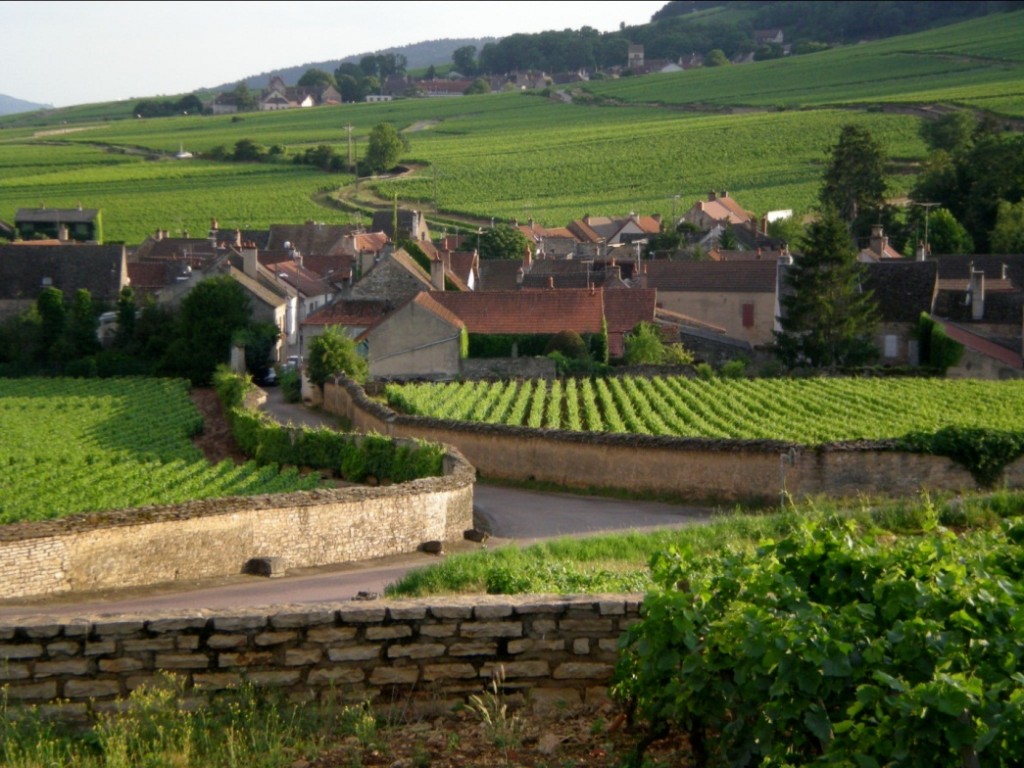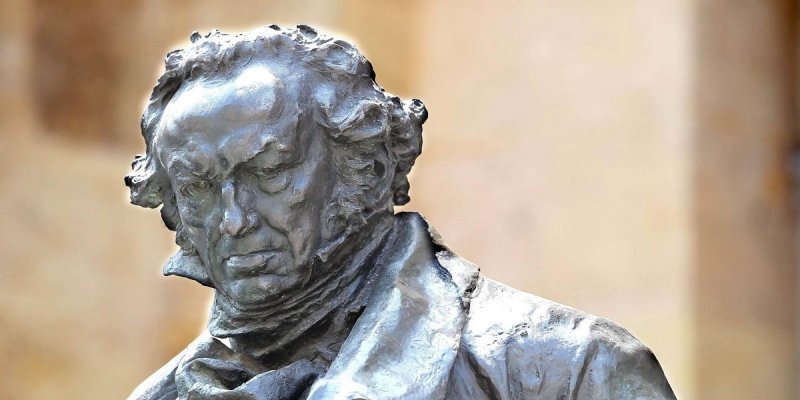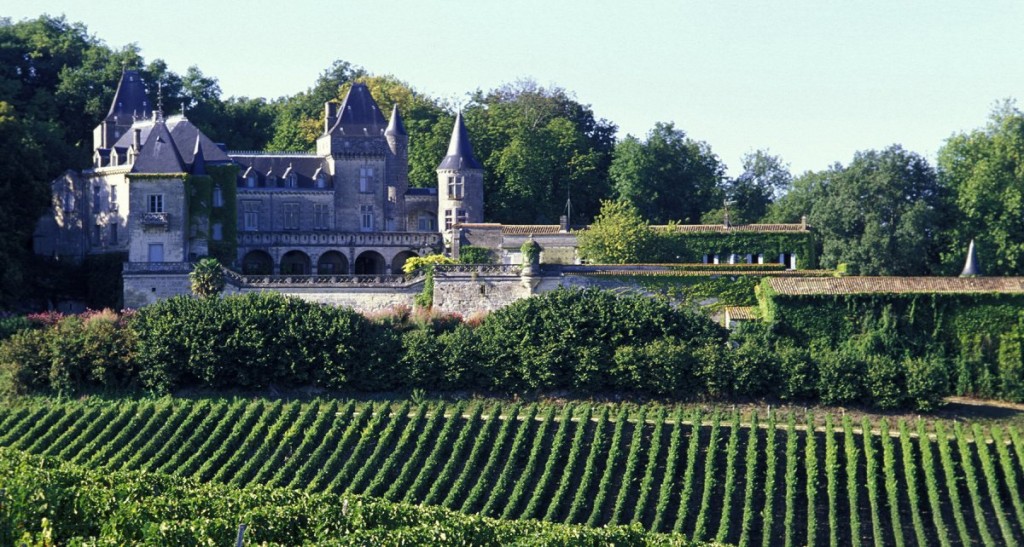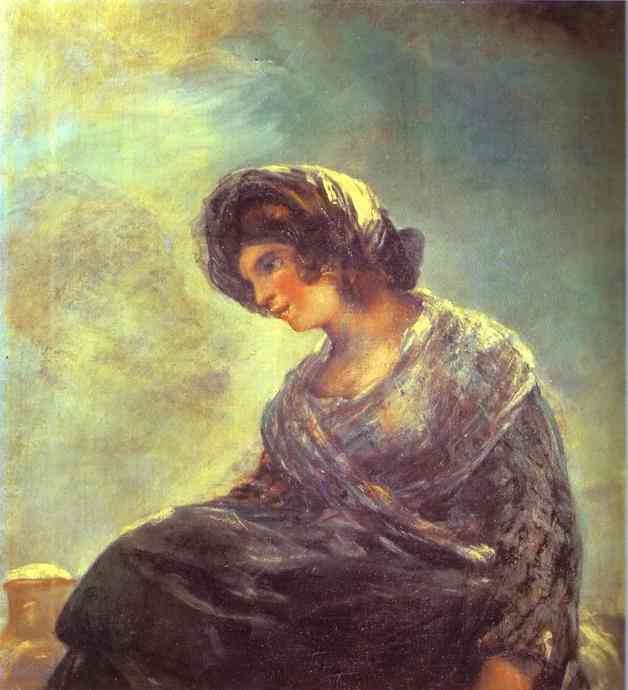The story of Goya’s last breath
The last of the Old Masters and the first of the moderns, Goya spent the final four years of his life in Bordeaux. But why did he leave Spain to move there, deaf and fragile, at the age of 78?
Bordeaux: an elegant old city with an important past and a newly polished style, and a wine region known for grand names like Haut-Brion, Margaux, and Lafitte-Rothschild. A beautiful part of France, the region of Bordeaux stretches between the Atlantic Ocean and the luscious valley of the Dordogne, providing just about everything anyone could ever want: great food, highest quality wines, a beautiful landscape, significant history and magnificent art and architecture. The city of Bordeaux, which sheltered the French government during three wars, is a remarkably intact testament to the 18th century prosperity of an important port city.
From humble beginnings in a small village outside Zaragoza, Goya had risen to the top of the Spanish Royal Academy and, as first court painter to Charles IV, enjoyed a long career painting portraits of Spanish nobility and the royal family, albeit in his own uniquely unflattering way.
Sample with sensuous delight the really great wines of Bordeaux. See what you think of the marriage of particular dishes and wines – oysters with fruity Graves, foie gras with Sauternes, shad with great Médoc vintages, game with Saint Èmilion. Book a table in one of the kingdoms of the greatest Bordeaux chefs. Don’t forget to try the celebrated hundred-year-old Bordeaux aperitif, red or white Lillet. Taste some “bouchons” (almond paste petits fours flavoured with Bordeaux liqueur brandy) “pavés” (chocolate fondant) and the wonderful “canelés” (small cakes made with egg yolks). Finally, yield yourself totally to a tour of the vineyards to learn more about the 53 “appellations” of the six great families of Bordeaux wine.
In 1808, the Spanish throne was taken over by Napoleon’s brother Joseph Bonaparte and Goya continued receiving commissions to paint ruling figures, including the leaders of Spain, France and Britain during the Napoleonic wars.
The artist’s political problems started when the Bourbon monarchy reclaimed the throne in 1814. Goya was persona non grata with the new King Ferdinand VII because of the allegiance he had given to Bonaparte. What’s more, Ferdinand was a reactionary king who declared himself absolute monarch, reinstated the Spanish Inquisition and began a reign of terror against his enemies. Goya’s war paintings made at this time managed to satisfy the king that he was not a Bonapartist, but unlike Ferdinand’s father Charles IV, Ferdinand did not appreciate Goya or his work.
Goya was denied commissions during Ferdinand VII’s reign, his creativity instead finding an outlet in private expressions: the famous “black paintings” which he daubed on the walls of the Quinta del Sordo (House of the Deaf Man) where he lived.
Goya lived under a cloud of suspicion by the authorities – and in the shadow of the Inquisition.
Ever since he had lost his hearing after a serious illness in 1792, Goya’s health had steadily declined. That did, however, give him the pretext of fleeing Spain to seek medical treatment in Bordeaux.
Goya found sympathetic company in Bordeaux, where he settled in 1824 with his housekeeper and her daughter at 57 Cours de l’Intendance. According to his friend and fellow exile Leandro Fernandez Moratin, he enjoyed ‘the city, the country, the climate, the food, the tranquility’. He continued to paint and began to create lithographs, including a famous series on bullfights. Deaf and with failing eyesight, he became a familiar figure on the streets of Bordeaux in his signature Bolivar hat.
The major work from Goya’s four years in Bordeaux is The Milkmaid of Bordeaux (La lechera de Burdeos), an oil on canvas painting from around 1827. It’s the last major work attributed to Goya. The subject of the painting is probably Goya’s housekeeper Leocadia Weiss, who nursed him during those final years, though some claim that it’s her daughter Rosario Weiss, herself a budding artist. Today the work is one of the most popular exhibits at the Museo del Prado in Madrid.
In 1828 Goya’s health worsened following a stroke, and he died on April 16th. A funeral mass took place at the city’s Notre-Dame Cathedral and he was buried at La Chartreuse Cemetery, now regarded as Bordeaux’ answer to the Pere Lachaise in Paris.
Goya’s last years in Bordeaux were celebrated in a film by noted Spanish director Carlos Saura – “Goya in Bordeaux” (1999).



 0
0




